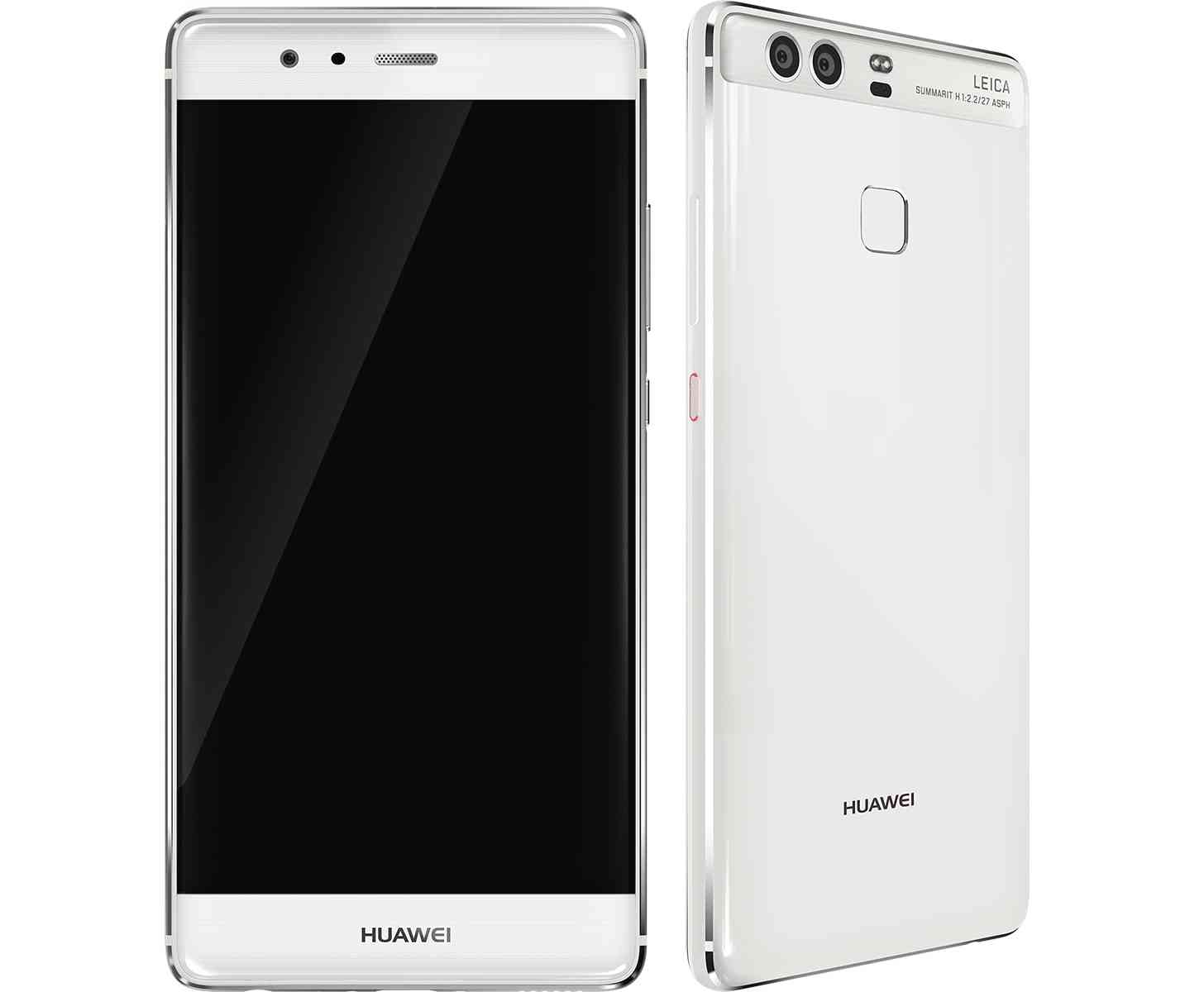
We’re knee deep in smartphone flagship season, and today Huawei got in action by announcing its new P9 and P9 Plus phones.
The Huawei P9 takes advantage of Huawei’s new partnership with Leica, as the P9’s dual rear cameras were co-engineered with the well-known camera company. The two rear sensors are both of the 12-megapixel variety, but one is monochrome while the other is RGB, with the former focused on capturing photo detail while the latter captures color. You can also choose from three Leica film modes — Standard, Vivid Colors, and Smooth Colors — which aim to reproduce the look of real Leica photographs. Huawei touts that the P9’s dual cameras enable it to do well in low-light conditions, too.
The Huawei P9’s cameras also offer features like Hybrid Focus tech, which can focus on your subject using one of three methods — laser, depth calculation, and contrast — with the phone choosing which one best fits your shooting situation. You can also use the dual cameras to adjust the camera aperture and add bokeh and depth-of-field effects to your images, or you can choose to use only the monochrome lens to capture black and white photos.

The body of the Huawei P9 is made of aluminum and diamond-cut edges, and the front of the device houses a 5.2-inch 1920x1080 display with 2.5D curved glass and an 8-megapixel camera, and around back lives a fingerprint reader. Inside of the aluminum chassis is a 2.5GHz octa-core Kirin 955 processor paired with 3GB or 4GB of RAM, depending on which model you choose. The 3GB model comes equipped with 32GB of built-in storage, while the 4GB model packs 64GB of storage. Both have a 3000mAh battery.
On the software side, the Huawei P9 is running Android 6.0 beneath a custom EMUI 4.1 user interface.

Huawei today also took the wraps off of the P9 Plus, which is indeed a larger version of the P9. The P9 Plus boasts a 5.5-inch display and a beefier 3400mAh battery, and you can charge that battery using dual-IC Rapid Charge tech that promises to give you six hours of talk time after charging for 10 minutes.
Pricing for the Huawei P9 will be set at €599 ($682 USD) for the 3GB/32GB model and €649 ($739 USD) for the 4GB/64GB model, while the P9 Plus will set buyers back €749 ($853 USD). The phones will start rolling out on April 16, and they’ll be available in several countries including the UK, UAB, China, France, Italy, Spain, Sweden, Lebanon, Egypt, Austria, and Qatar.
The Huawei P9 looks like a respectable flagship smartphone, offering the bells and whistles that you’d expect from a premium device, like lots of RAM, an octa-core processor, a metal body, and a fingerprint reader. Of course, the highlight here is the rear camera setup and the fact that they’re Leica-certified. They sound impressive on paper, but we’ll have to wait to see how they really perform until we get the P9 in our hands.
What do you think of Huawei’s latest Android flagships, the P9 and P9 Plus?